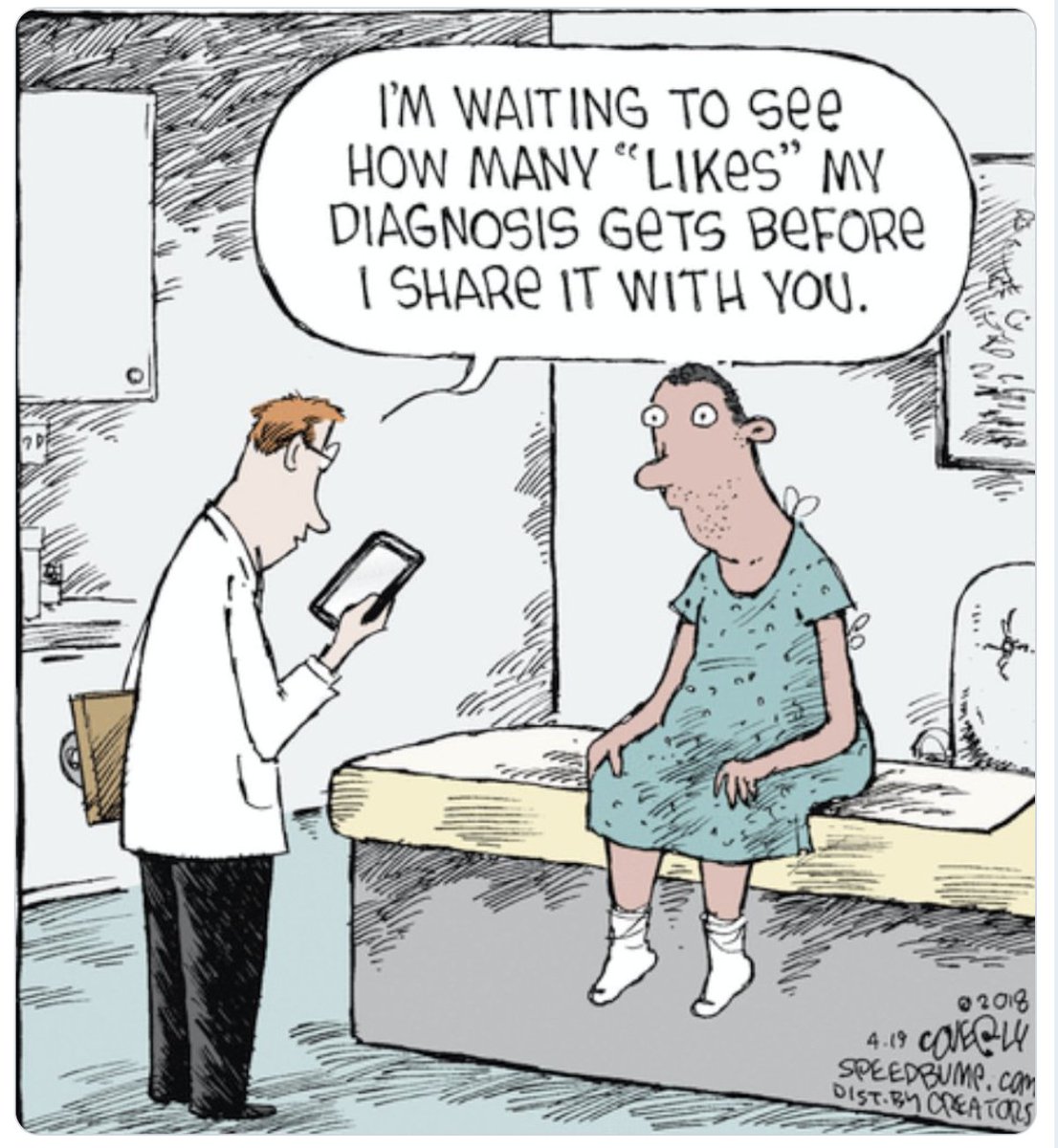A propósito do artigo do Público de hoje "Ministério quer notificação de erros clínicos em todos hospitais", assinado por Catarina Gomes.
.
Trata-se de um tema fascinante e tão fora da nossa cultura, o erro é tão mal visto, é tão penalizador, que o mais simples é não registar, se não se regista... não existe. Se não existe não há melhoria, porque não há necessidade dela.
.
"Relatar um erro é um acto de coragem. Tudo depende da forma como as instituições vão tratar os profissionais", junta."
.
Já aqui escrevemos em tempos um elogia sobre o livro "O erro em Medicina"
aqui e
aqui.
.
Quem pensa logo em planos monumentais, choques tecnológicos, revoluções... tudo à custa de milhões de euros talvez devesse ler e meditar no poder das pequenas coisas. Assim, a título de exemplo, sugiro a leitura do artigo da revista New Yorker "
The Checklist" de Atul Gawande.
.
"Medicine today has entered its B-17 phase. Substantial parts of what hospitals do—most notably, intensive care—are now too complex for clinicians to carry them out reliably from memory alone.
.
I.C.U. life support has become too much medicine for one person to fly.
Yet it’s far from obvious that something as simple as a checklist could be of much help in medical care. Sick people are phenomenally more various than airplanes.
.
A study of forty-one thousand trauma patients—just trauma patients—found that they had 1,224 different injury-related diagnoses in 32,261 unique combinations for teams to attend to. That’s like having 32,261 kinds of airplane to land. Mapping out the proper steps for each is not possible, and physicians have been skeptical that a piece of paper with a bunch of little boxes would improve matters much.
In 2001, though, a critical-care specialist at Johns Hopkins Hospital named Peter Pronovost decided to give it a try. He didn’t attempt to make the checklist cover everything; he designed it to tackle just one problem, the one that nearly killed Anthony DeFilippo: line infections. On a sheet of plain paper, he plotted out the steps to take in order to avoid infections when putting a line in.
...
The results were so dramatic that they weren’t sure whether to believe them: the ten-day line-infection rate went from eleven per cent to zero. So they followed patients for fifteen more months. Only two line infections occurred during the entire period. They calculated that, in this one hospital, the checklist had prevented forty-three infections and eight deaths, and saved two million dollars in costs."
.
O perigo é a caça às bruxas... é a nomeação dos Cristos a crucificar.
.
Mas é um bom princípio, só espero que os jornalistas e a massa não o desvirtue.


 Claro, em muitos negócios, quando é ultrapassado um certo "plafond" só se fazem entregas depois do pagamento de parte da dívida, mas essa é outra "estória".
Claro, em muitos negócios, quando é ultrapassado um certo "plafond" só se fazem entregas depois do pagamento de parte da dívida, mas essa é outra "estória".%2006.21.jpeg)












